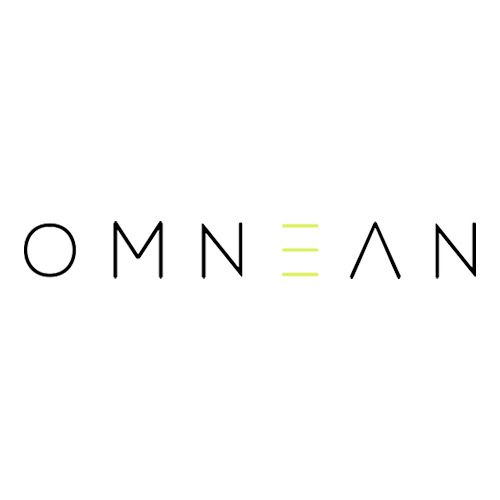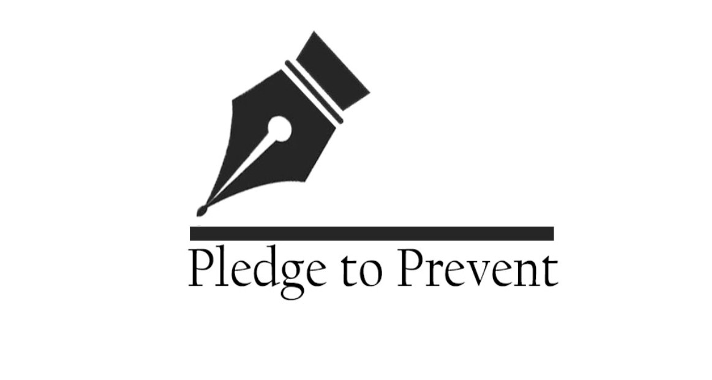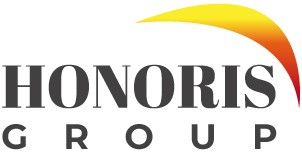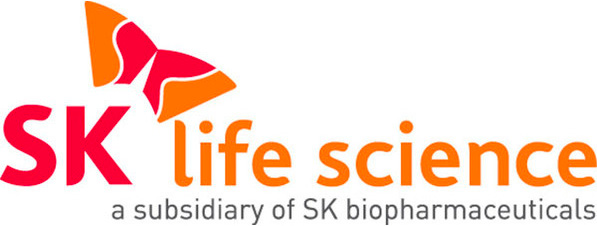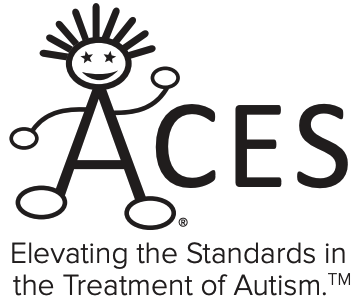November 27, 2016
Daily Sun
It should not come as a surprise to Flagstaff employers and elected leaders that, given the chance to close the biggest affordability gap of any Arizona city, local workers went for a big pay raise on the Nov. 8 ballot.
So, in a little more than seven months, the minimum hourly wage in Flagstaff will become $12, not the $10 that the rest of the state receives.
It turns out $12 was the ultimate level called for in the state initiative, Prop. 206 — but it doesn’t reach that rate until Jan. 1, 2020.
In Flagstaff, Prop. 414 called for raising the wage in stages to $15 by Jan. 1, 2021 -– it was supposed to kick in at $10 on July 1, 2017. But another clause calling for the Flagstaff wage to be $2 more than the state minimum means that passage of Prop. 206 will accelerate the $15 phase-in several years ahead of schedule. Along with an immediate 25 percent hike above today’s minimum wage of $8.05 an hour on Jan. 1, Flagstaff will see a 50 percent jump starting July 1.
DEGREES OF ALARM
As we report today, Flagstaff employers are reacting with various degrees of alarm. The nonprofits like Hozhoni that serve the developmentally disabled and pay low wages contend they will have to shut their doors unless the state comes up with more money. Fortunately for the clients and their families, that is the same message
being sent to the governor statewide – it seems even $10 an hour is beyond their ability to absorb and remain solvent. The state has cut subsidies for nonprofit group homes for years, so it’s not surprising that they have no margin to absorb higher costs unless the subsidies are restored in full.
The next level of Flagstaff employers to react are those in food services, child care and hospitality – all with a large number of entry-level employees. They contend they can accept paying a dishwasher or a day care worker $12 an hour by 2020 but not in 2017 – and certainly not $15 by 2021. Add in the ripple effect of raising pay for those just above the minimum, and some are worried that payroll costs overall could jump 40 percent on July 1.
That’s not an insignificant amount, but it reflects the shortfall between wages and the cost of living in Flagstaff that has been growing for decades. Low-wage, labor-intensive businesses have received little help from a City Hall that seems tone-deaf to the constant refrain that housing is simply too expensive for what the local workforce is being paid. It has made token gestures toward land trust housing that numbers a few dozen units and density bonuses that produce a hundred more citywide. But without the kind of decisive and sustained action that the problem justifies, Flagstaff will be reaping the whirlwind touched off by that neglect.
HIGHER PRICES, MORE SPENDING
And as we report today, the disruption will likely include sharply higher prices for child care and dining out, along with fewer hours and even some layoffs for entry-level employees as July 1 approaches. On the other hand, with the bottom quartile of Flagstaff workers earning $10.26 an hour or less, based on data from the Bureau of Labor Statistics, more than 25 percent of the Flagstaff workforce will be getting substantial raises. That will mean more money circulating at places like auto repair shops and appliance stores – the basics that many of the working poor have been unable to afford. And job applicants are likely to be more qualified, with those hired staying longer, too.
Studies from other cities that have raised minimum wages show that, after an initial shakeout period, the labor market stabilizes at a new pay scale with only slight rises in overall prices and jobless rates among teenagers. None, however, has tried to raise the minimum wage by 50 percent in less than a year, especially in such a small labor market. And Prop. 414 contains no exemptions or phase-ins for small businesses, as do similar wage hike laws elsewhere.
Business interests in Flagstaff already are talking about a ballot measure in May to repeal Prop. 414 even before it takes effect on July 1. In fairness, the group behind 414 and its $2 add-on clause could not have predicted that voters would hike the state minimum to $10 so soon. But employers would do well to remember that even at $10 an hour, the real minimum wage in Flagstaff would be only $8.62, based on a cost of living index of 116 percent. They might do better by sitting down with the backers of Prop. 414 and the city council to work out a compromise that might include exemptions by type and size of business and rolling back the $2 add-on. Otherwise, a straight repeal measure could be seen as voter nullification, which generally has not succeeded in Arizona.
MULTILATERAL TALKS
For now, we would urge, as we have in the past, to get as many different parties to the table as possible. The governor has already shown how counterproductive it is to unilaterally threaten cities over wages and benefits. Voters have long memories, and if Flagstaff has any chance of working its way through the pitfalls caused by joint passage of Props. 206 and 414, they will need to be assured that whatever appears on the next ballot has been negotiated in good faith by as broad a coalition as possible.
